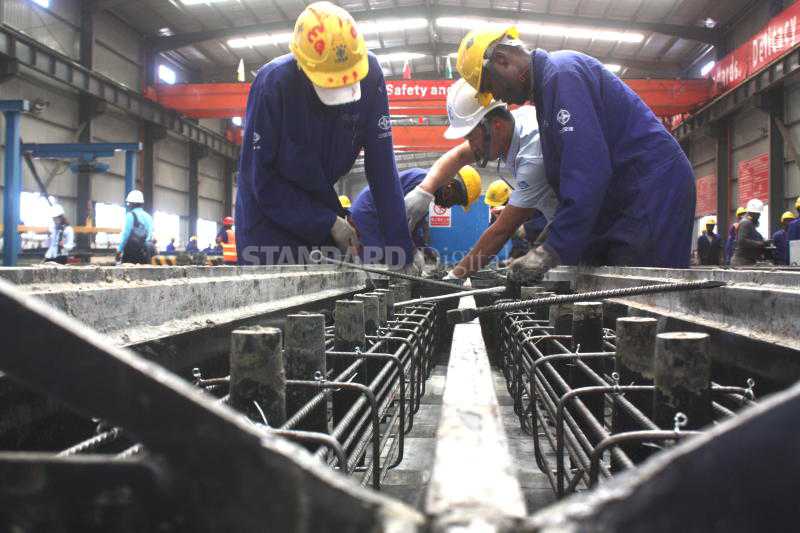×
The Standard e-Paper
Stay Informed, Even Offline

China tightened its grip on Kenya’s economy, extending about Sh165 billion in loans last year, latest data shows.
This saw the Asian country stretch its lead as the country’s largest bilateral lender, with its debt stock increasing by 52.8 per cent to Sh478.6 billion in 2017, from Sh313.1 billion in 2016.